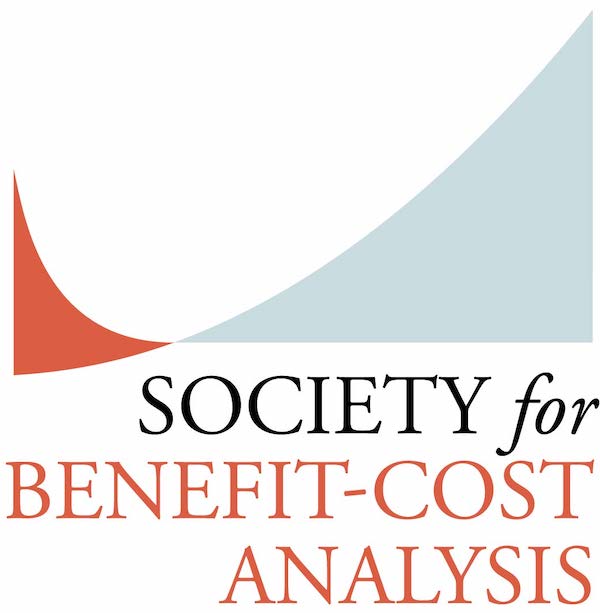 This is the last in a series of four blogs featuring key excerpts from the writings of our founder and past president, Richard Zerbe. His insights shaped the foundation of our association and remain relevant to today’s challenges. We hope these selections offer valuable perspectives to all members.
This is the last in a series of four blogs featuring key excerpts from the writings of our founder and past president, Richard Zerbe. His insights shaped the foundation of our association and remain relevant to today’s challenges. We hope these selections offer valuable perspectives to all members.
The Combined Approach
Issues concerning discount rates span the history of Cost Benefit Analysis (CBA) and Benefit-Cost Analysis (BCA) and have long bedeviled the economics profession. The debate now is primarily between rates consistent with the Social Rate of Time Preference (SRTP) on the one hand (societal, long-term, and often sustainability-focused) and the Opportunity Cost of Capital (OCC) (private market, short-term, and efficiency-focused) on the other hand. Should decisions be guided by private market returns, though allowing for private consumption displacement (OCC) as suggested by Hargerger, or social welfare over time)? I predict that over time a solution will lie in the realization that both play a role. This combined approach, developed by Szekeres 2024, uses the SRTP after accounting for the cost of capital benefits are used to pay costs down if it pays to do so, as long as the OCC > SRTP. This approach recognizes the value of paying down capital costs is of greater value than the current consumption of benefits, and, for the same reason, encourages doing this as quickly as possible. An example is given in the Table below in which both the OCC and SRTP are each used separately and together in the combined approach. The example assumes the OCC is 7% and the SRTP is 2%.

 The new White House “Frontiers” report,
The new White House “Frontiers” report,  The 2024 CBA Forum, held by The Economic Society of Australia New South Wales (ESANSW) earlier this year, brought together some of Australia's brightest minds in economic analysis, policy evaluation, and decision-making. The presentations - a mix of keynotes, panel discussions, and case studies - provided updates on state and national guidelines together with sessions on: Health, Justice, Water, Transport, Environment, Energy, First Nations and Carbon values.
The 2024 CBA Forum, held by The Economic Society of Australia New South Wales (ESANSW) earlier this year, brought together some of Australia's brightest minds in economic analysis, policy evaluation, and decision-making. The presentations - a mix of keynotes, panel discussions, and case studies - provided updates on state and national guidelines together with sessions on: Health, Justice, Water, Transport, Environment, Energy, First Nations and Carbon values. As a community of practice, we have the opportunity and even the responsibility to provide input during comment periods for federal and state agencies rule making prior to becoming entrenched in agency policy and application tools. One of these opportunities is currently open in the Federal Register for the US Army Corps of Engineers. The Army has broad responsibility and authority to build, maintain, enhance, and manage flood protection and reservoir projects across the country. The Army has been using a form of benefits exceeding costs test since the introduction of their first projects in the early 1900’s. The 2020 Water Resources Development Act instigated a re-evaluation of what is included in the army’s efficiency analysis and references many of the issues addressed at the last several SBCA conferences. Social and environmental costs are being discussed and how these and other concept can and should be quantified, qualified, and considered in alternatives analysis and final funding processes. This (SBCA) community of practice’s expertise on these topics, as well as the technical mechanics of BCA, valuation methods, and social welfare optimization make each of you a valuable contributor for the army as they collect comments and information to help them formulate practices and rules. Please consider reviewing the current solicitation for comments to ensure, those that know and do, are providing input, and that as a community we are helping guide the framework of the ecosystem within which many, with less experience and training, will be asked to participate on the project level.
As a community of practice, we have the opportunity and even the responsibility to provide input during comment periods for federal and state agencies rule making prior to becoming entrenched in agency policy and application tools. One of these opportunities is currently open in the Federal Register for the US Army Corps of Engineers. The Army has broad responsibility and authority to build, maintain, enhance, and manage flood protection and reservoir projects across the country. The Army has been using a form of benefits exceeding costs test since the introduction of their first projects in the early 1900’s. The 2020 Water Resources Development Act instigated a re-evaluation of what is included in the army’s efficiency analysis and references many of the issues addressed at the last several SBCA conferences. Social and environmental costs are being discussed and how these and other concept can and should be quantified, qualified, and considered in alternatives analysis and final funding processes. This (SBCA) community of practice’s expertise on these topics, as well as the technical mechanics of BCA, valuation methods, and social welfare optimization make each of you a valuable contributor for the army as they collect comments and information to help them formulate practices and rules. Please consider reviewing the current solicitation for comments to ensure, those that know and do, are providing input, and that as a community we are helping guide the framework of the ecosystem within which many, with less experience and training, will be asked to participate on the project level.